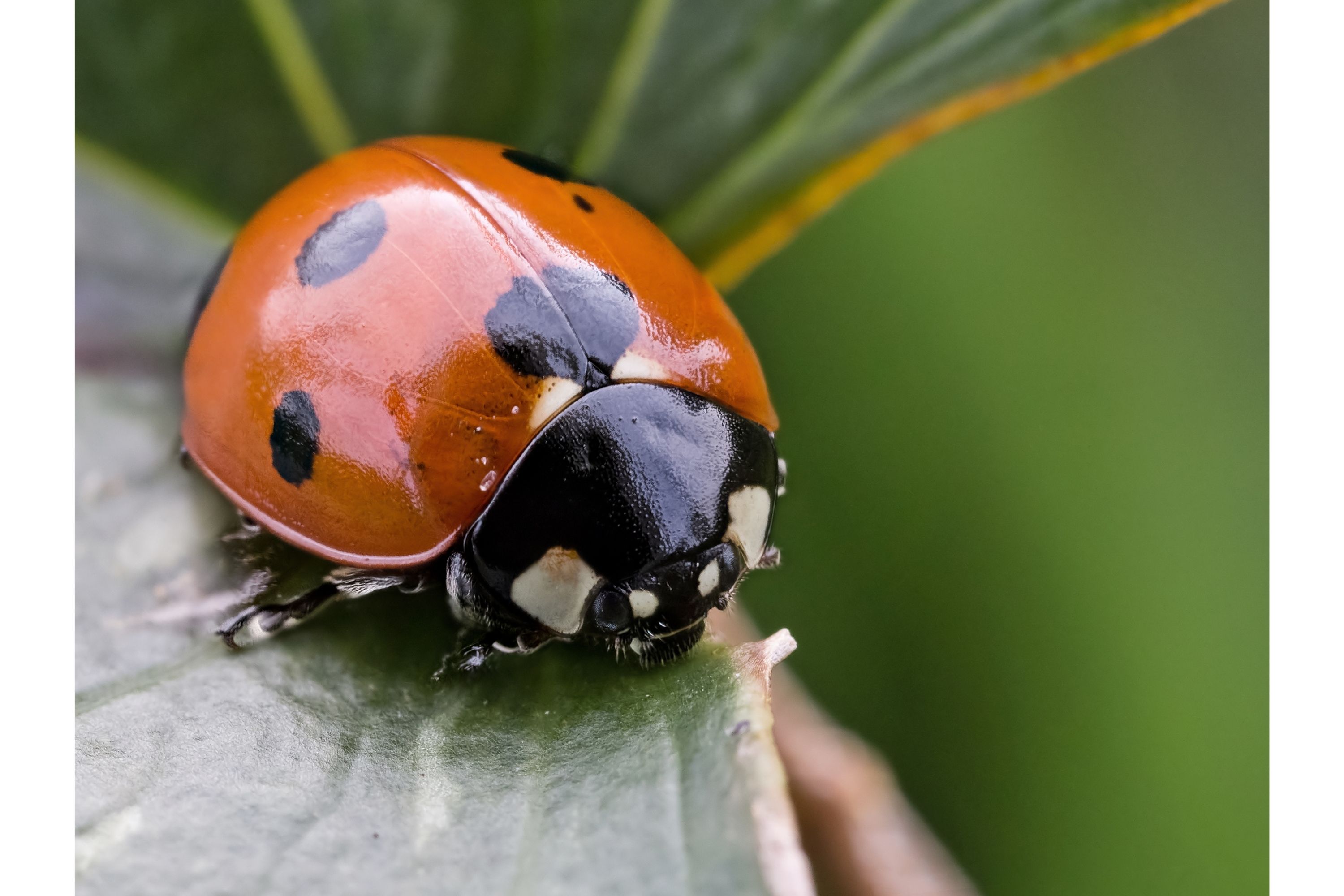Difficult Lady Beetle
(Coccinella difficilis)

Description
Coccinella difficilis, commonly known as the Difficult Lady Beetle, is a species of lady beetle that belongs to the family Coccinellidae. This fascinating insect is widely recognized for its vibrant coloration and its role as a natural predator of aphids and other plant pests. In this article, we will delve into the intricate details of Coccinella difficilis, exploring its taxonomy, physical characteristics, habitat, behavior, and ecological significance. Taxonomy and Classification Coccinella difficilis is classified under the kingdom Animalia, phylum Arthropoda, class Insecta, order Coleoptera, and family Coccinellidae. Within the family Coccinellidae, it is further classified into the genus Coccinella, which consists of many species of lady beetles, and the species difficilis. Physical Characteristics The Difficult Lady Beetle is a small insect with an average length ranging from 5 to 7 millimeters. It has a distinctive rounded shape with a domed body, and its coloration is predominantly bright red or orange, adorned with black spots. However, the exact number and pattern of spots can vary among individuals and populations. The elytra, or hardened forewings, cover the membranous hindwings and provide protection for the delicate flight wings underneath. Habitat and Distribution Coccinella difficilis is native to North America and can be found throughout various regions, including parts of the United States and Canada. This species is highly adaptable and can thrive in diverse habitats, ranging from grasslands and meadows to agricultural fields and gardens. It has a broad distribution and can be encountered in both rural and urban environments. Behavior and Life Cycle As with other lady beetles, Coccinella difficilis exhibits interesting behavior and undergoes a complete metamorphosis during its life cycle. The adult beetles typically emerge in early spring and engage in mating behaviors. After mating, the female lady beetle lays her eggs, which are usually bright yellow or orange and are attached to the undersides of leaves near aphid colonies or other sources of prey. The eggs hatch into larvae, commonly known as ladybug larvae or "aphid lions." The larvae have an elongated shape and are spiky in appearance, with a dark coloration and orange or red markings. They actively search for prey, consuming vast numbers of aphids and other small insects. This predatory behavior is crucial for maintaining ecological balance and preventing the unchecked proliferation of pests in agricultural and garden ecosystems. Following a period of growth, the larva enters the pupal stage. During this phase, the larva attaches itself to a leaf or stem and undergoes metamorphosis, transforming into an adult beetle inside the pupal case. The pupal stage lasts for approximately one to two weeks, after which the adult Coccinella difficilis emerges and resumes its role as an efficient predator. Ecological Significance Coccinella difficilis plays a significant role in biological pest control. As voracious predators of aphids and other plant pests, lady beetles contribute to the regulation of pest populations and help maintain the health and productivity of agricultural crops. They are also valuable allies in organic gardening, reducing the need for chemical pesticides. Furthermore, Coccinella difficilis and other lady beetles serve as indicators of environmental health. Their presence or absence can reflect changes in ecosystem balance and the overall biodiversity of a given area. Thus, studying these beetles can provide valuable insights into the ecological status of a particular region. Conservation and Threats While Coccinella difficilis is not considered a threatened species, it is important to recognize the potential threats that could impact its population and take measures to ensure its conservation. One of the significant threats to Coccinella difficilis, as with many other lady beetles, is the use of chemical pesticides in agriculture and horticulture. Pesticides, especially broad-spectrum insecticides, can harm lady beetles by directly killing them or by depleting their prey populations. Loss and fragmentation of habitat is another concern for Coccinella difficilis. Urbanization, intensive agriculture, and land development projects can result in the destruction of natural habitats, reducing the availability of suitable breeding sites and food sources for lady beetles. Maintaining diverse and pesticide-free habitats, such as meadows, wildflower patches, and organic farms, can support their population and provide refuge for these beneficial insects. Additionally, the introduction of non-native lady beetle species can pose a threat to Coccinella difficilis. In some cases, non-native lady beetles may outcompete or prey upon native species, leading to a decline in their populations. It is crucial to monitor and regulate the introduction of non-native lady beetles to avoid potential ecological imbalances. Conservation efforts for Coccinella difficilis should focus on promoting sustainable agricultural practices that minimize the use of chemical pesticides and encourage natural pest control methods. Implementing integrated pest management strategies, which combine cultural, biological, and chemical control methods, can help preserve lady beetle populations while effectively managing pest issues. Furthermore, the preservation and restoration of natural habitats that support lady beetles should be prioritized. This can be achieved through the creation of protected areas, the establishment of wildlife corridors, and the promotion of sustainable land-use practices. Education and awareness programs should also be developed to inform the public about the ecological importance of lady beetles and the role they play in maintaining ecosystem balance. Conclusion Coccinella difficilis, the Difficult Lady Beetle, is a remarkable insect species known for its vibrant coloration and predatory behavior. Its role as a natural pest controller and indicator of ecosystem health makes it a valuable asset in maintaining the balance of agricultural and garden ecosystems. By understanding its taxonomy, behavior, and ecological significance, we can work towards conserving and protecting this resilient lady beetle for future generations to appreciate and benefit from its contributions to our natural world.
Taxonomic tree:







